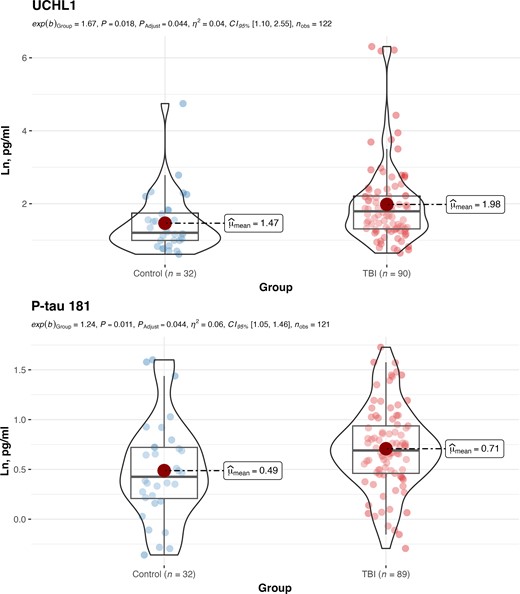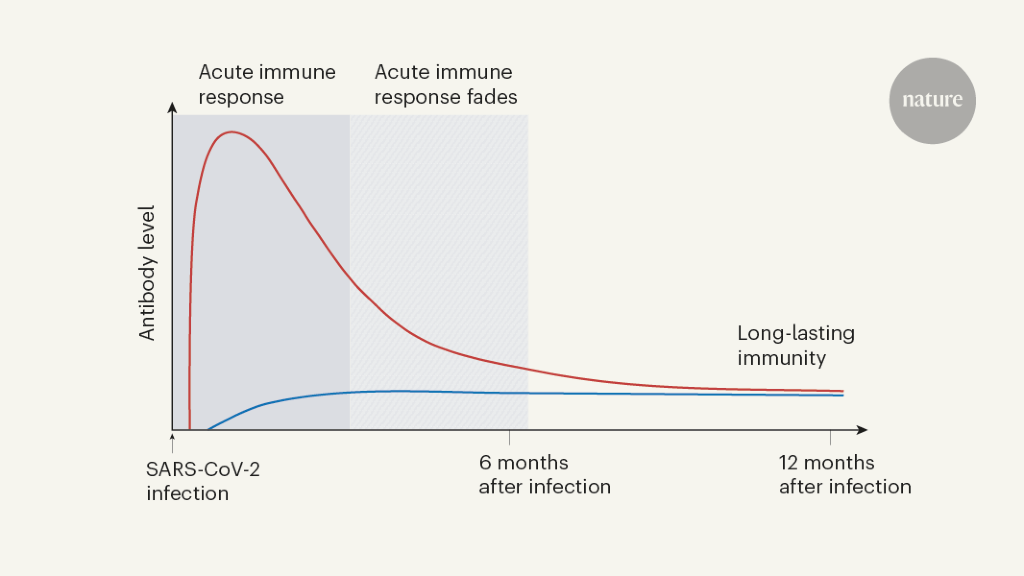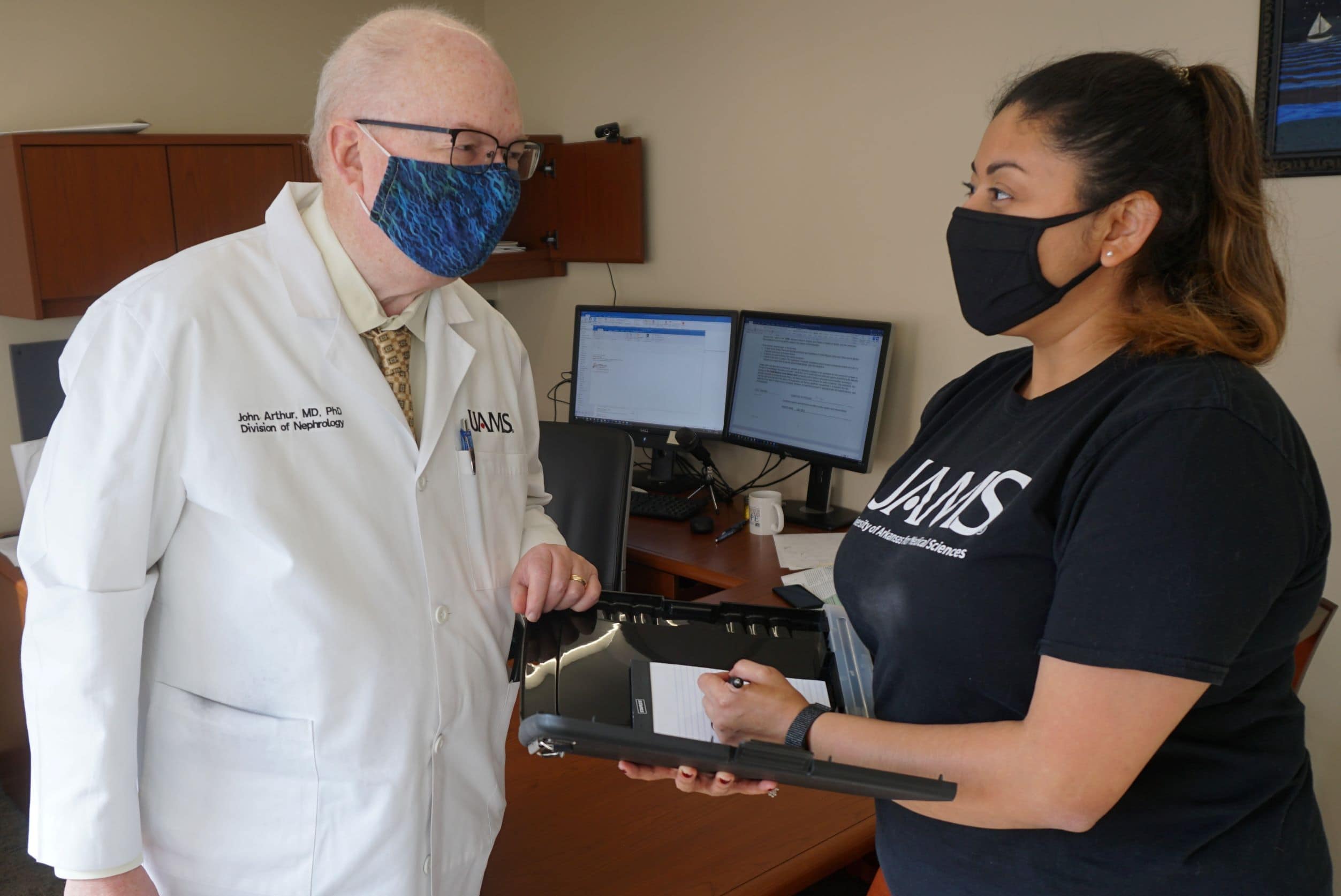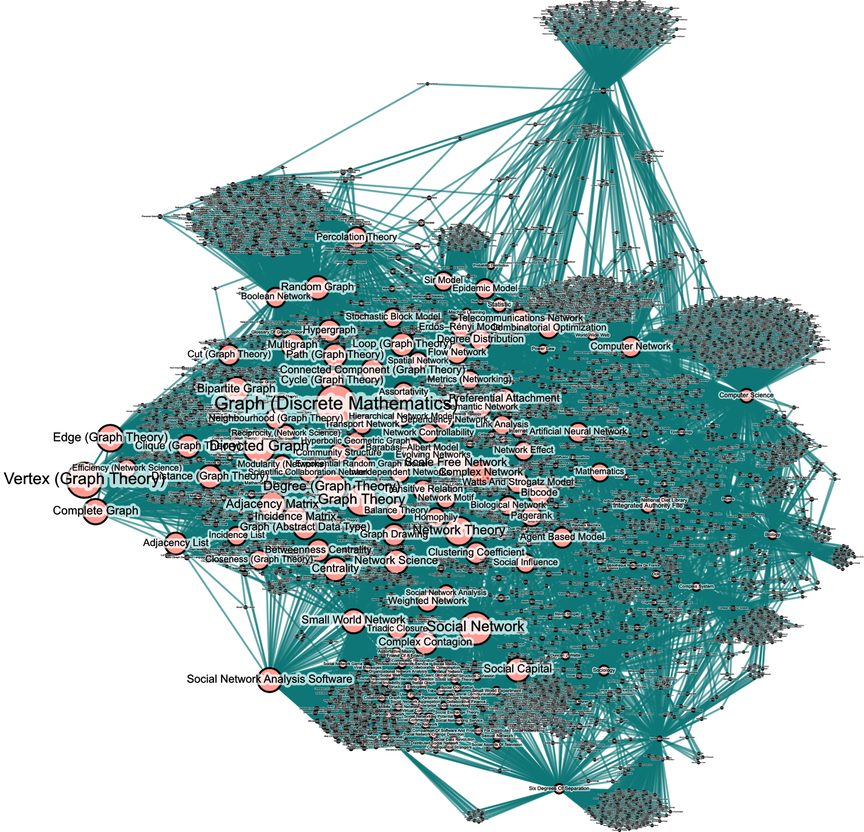
Plasma biomarkers in chronic single moderate–severe traumatic brain injury
Gershon Spitz, Amelia J Hicks, Stuart J McDonald, Vincent Dore, Natasha Krishnadas, Terence J O’Brien, William T O’Brien, Lucy Vivash, Meng Law, Jennie L Ponsford, Christopher Rowe, Sandy R Shultz, Plasma biomarkers in chronic single moderate–severe traumatic brain injury, Brain, 2024;, awae255, https://doi.org/10.1093/brain/awae255
Blood biomarkers are an emerging diagnostic and prognostic tool that reflect a range of neuropathological processes following traumatic brain injury (TBI). Their effectiveness in identifying long-term neuropathological processes after TBI is unclear. Studying biomarkers in the chronic phase is vital because elevated levels in TBI might result from distinct neuropathological mechanisms during acute and chronic phases. Here, we examine plasma biomarkers in the chronic period following TBI and their association with amyloid and tau PET, white matter microarchitecture, brain age and cognition.
We recruited participants ≥40 years of age who had suffered a single moderate–severe TBI ≥10 years previously between January 2018 and March 2021. We measured plasma biomarkers using single molecule array technology [ubiquitin C-terminal hydrolase L1 (UCH-L1), neurofilament light (NfL), tau, glial fibrillary acidic protein (GFAP) and phosphorylated tau (P-tau181)]; PET tracers to measure amyloid-β (18F-NAV4694) and tau neurofibrillary tangles (18F-MK6240); MRI to assess white matter microstructure and brain age; and the Rey Auditory Verbal Learning Test to measure verbal-episodic memory.




















